- Provincial People's Council: Supervising the operation of commune-level health stations in the period 2020 - 2022
- Improve the quality of commune health stations, bring medical services closer to the people
- Provincial Party Secretary Nguyen Ho Hai inspects the grassroots health station system
- Grassroots health stations must be the front line of people's health care.
Lesson 1: Need to restructure the health station system
The arrangement of administrative units and the organization of two-level local governments is a major and reasonable policy, aiming to optimize the effectiveness and efficiency of the entire political system. In the health sector, the network of health stations (CHS), the core of grassroots health care, needs to be restructured to suit and promote its role in the new context.
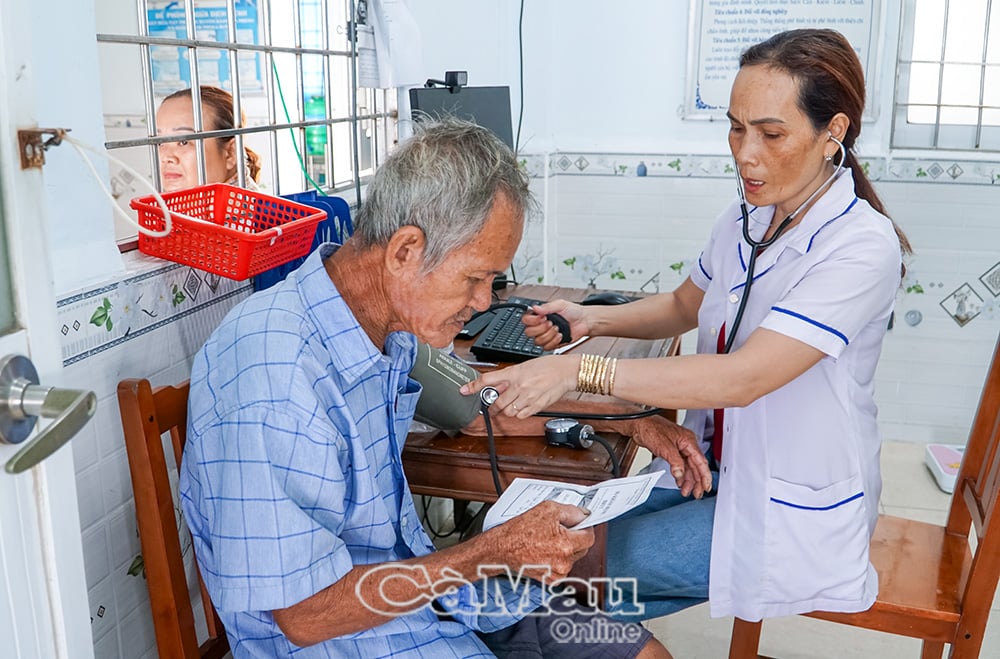 The staff of Phu My Commune Health Station work with a high sense of responsibility, striving to fulfill their duties of caring for and protecting people's health.
The staff of Phu My Commune Health Station work with a high sense of responsibility, striving to fulfill their duties of caring for and protecting people's health.
Requirements from the new context
Reality in Ca Mau shows that when rearranging administrative units, health stations must meet higher requirements in management work, while ensuring people have convenient access to health services when the population increases rapidly and the service area expands.
Mr. Nguyen Van Cho, Chairman of Phu Tan Commune People's Committee, said: "In places where transportation is still difficult, people in remote areas from the main health station have to travel more difficultly. Medical staff have to take on a much larger workload, from community management, vaccination to disease prevention and control in an area that is twice or three times larger than before."
Currently, in communes and wards, civil servants of the Department of Culture and Society are assigned the task of state management of health. However, many of those in charge are not fully equipped with professional knowledge of medicine, pharmaceuticals and public health, leading to difficulties in the process of consulting and implementing work.
 Staff of Vinh Phuoc Commune Health Station check and arrange medicine for medical examination and treatment.
Staff of Vinh Phuoc Commune Health Station check and arrange medicine for medical examination and treatment.
Mr. Lam Danh Nhan, Chairman of Hiep Thanh Ward People's Committee, shared: "Because the work is still new, the civil servants in charge have not yet fully promoted their role in advising and directing the professional activities of the Health Station, especially in implementing the contents of the national target program on health."
According to Mr. Nguyen Chi Thanh, Director of the Department of Health of Ca Mau province: "Currently, the province's grassroots medical staff needs to be supplemented, especially doctors. At the same time, the quality of the team must also be further improved to meet the requirements of protecting and caring for people's health in the new organizational model."
Difficulties in the early stages
The shortage of human resources forces grassroots health workers, especially doctors, to take on many roles: examination, treatment, vaccination, management of non-communicable diseases, administration, etc. Work pressure is increasing, while working conditions are still limited.
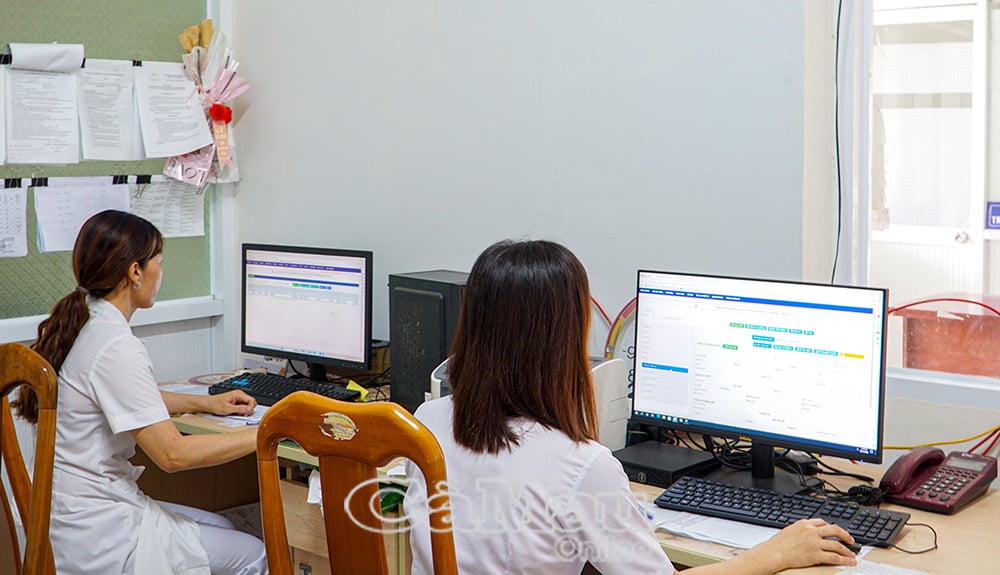 Phu Tan Regional Health Station promotes digital transformation in managing people's health records.
Phu Tan Regional Health Station promotes digital transformation in managing people's health records.
Not only lacking human resources, many health centers still face difficulties in terms of facilities. Some units are not equipped with machines for basic paraclinical techniques such as ultrasound, testing, X-ray; or the equipment has degraded and broken after many years of use.
Doctor Nguyen Van Quan, Head of Vinh Phuoc Commune Health Station, shared: “Lack of specialized medical equipment and machinery makes it difficult for the health station to provide preventive medicine, vaccinations and dispensing health insurance drugs for chronic patients. This limits the effectiveness of the grassroots level.”
Mr. Nguyen Van Son, Chairman of Phu My Commune People's Committee, said: "The grassroots medical staff always strive and work with all their heart for the health of the people. However, due to limitations in specialized technical equipment, the effectiveness of examination, diagnosis and treatment at the grassroots level is still difficult."
Another challenge is digital transformation in the healthcare sector, especially the implementation of electronic health records . Although it has been initiated, many health stations still face difficulties due to the lack of synchronous information technology infrastructure.
 Improving the quality of human resources is a key factor in restructuring the health station system.
Improving the quality of human resources is a key factor in restructuring the health station system.
Doctor Thach Na Rin, Head of Vinh My Commune Health Station, stated the reality: “Currently, we have to spend a lot of time entering data and managing records due to old computers and weak connection. We hope to soon be equipped with equipment and upgrade the connection to make work more convenient and effective.”
Investing in information technology for grassroots health care does not stop at purchasing machinery, but also requires upgrading the management and synchronous operation system, a prerequisite for health stations to transform from a passive medical examination and treatment model to a comprehensive, proactive, and modern community health management model.
In that context, strengthening, perfecting and promoting the role of the grassroots health system is an urgent requirement, to ensure that the frontline health sector is always a solid "shield" to protect people's health.
According to Mr. Tran Quang Khoa, Deputy Director of the Department of Health of Ca Mau: “The Ministry of Health has not yet issued specific instructions on the model, functions and operations of health stations in the new organizational structure. Therefore, the health sector of Ca Mau will temporarily stick to the current tasks, functions and actual conditions of the locality, while waiting for instructions to continue restructuring the system .”
Quynh Anh - Hai Nguyen
Lesson 2: Upgrading the 3 main pillars
Source: https://baocamau.vn/nang-chat-la-chan-dau-tien-bao-ve-cham-soc-suc-khoe-nhan-dan-a123644.html


![[Photo] Ho Chi Minh City Youth Take Action for a Cleaner Environment](https://vphoto.vietnam.vn/thumb/1200x675/vietnam/resource/IMAGE/2025/11/04/1762233574890_550816358-1108586934787014-6430522970717297480-n-1-jpg.webp)
![[Photo] Panorama of the Patriotic Emulation Congress of Nhan Dan Newspaper for the period 2025-2030](https://vphoto.vietnam.vn/thumb/1200x675/vietnam/resource/IMAGE/2025/11/04/1762252775462_ndo_br_dhthiduayeuncbaond-6125-jpg.webp)
![[Photo] The road connecting Dong Nai with Ho Chi Minh City is still unfinished after 5 years of construction.](https://vphoto.vietnam.vn/thumb/1200x675/vietnam/resource/IMAGE/2025/11/04/1762241675985_ndo_br_dji-20251104104418-0635-d-resize-1295-jpg.webp)
![[Photo] Ca Mau "struggling" to cope with the highest tide of the year, forecast to exceed alert level 3](https://vphoto.vietnam.vn/thumb/1200x675/vietnam/resource/IMAGE/2025/11/04/1762235371445_ndo_br_trieu-cuong-2-6486-jpg.webp)


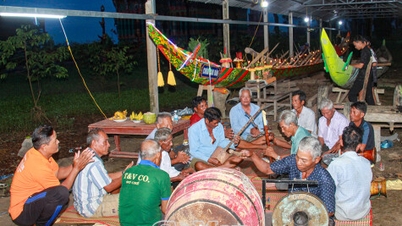
![[Photo] Ca Mau "struggling" to cope with the highest tide of the year, forecast to exceed alert level 3](https://vphoto.vietnam.vn/thumb/402x226/vietnam/resource/IMAGE/2025/11/04/1762235371445_ndo_br_trieu-cuong-2-6486-jpg.webp)

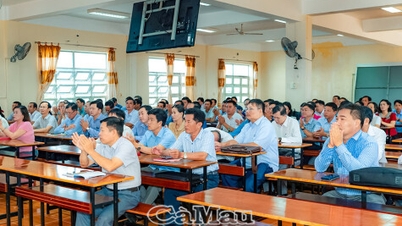



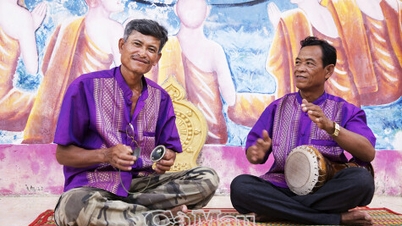


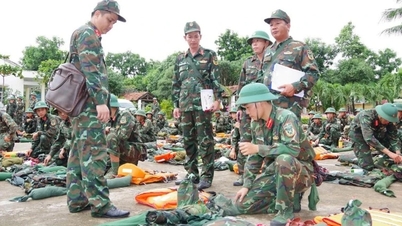

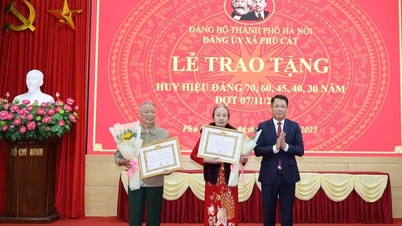














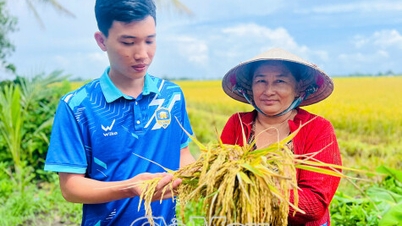


















































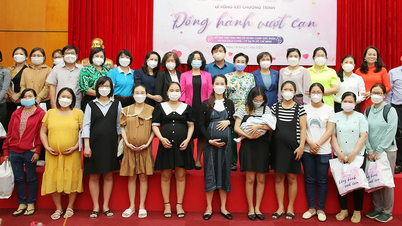






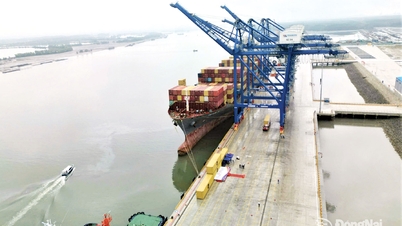

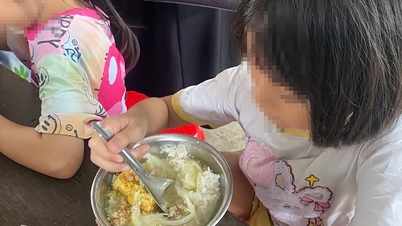













Comment (0)